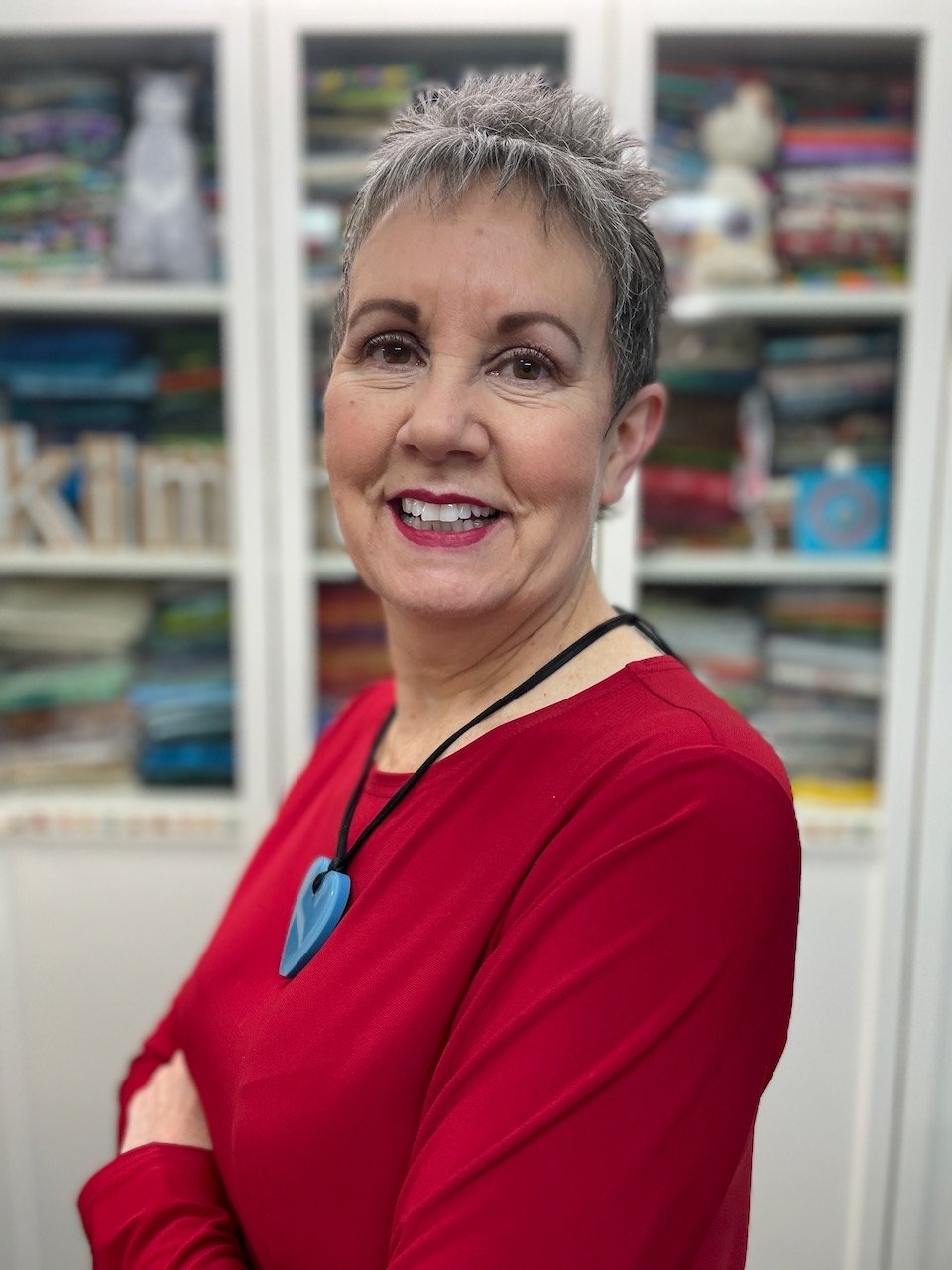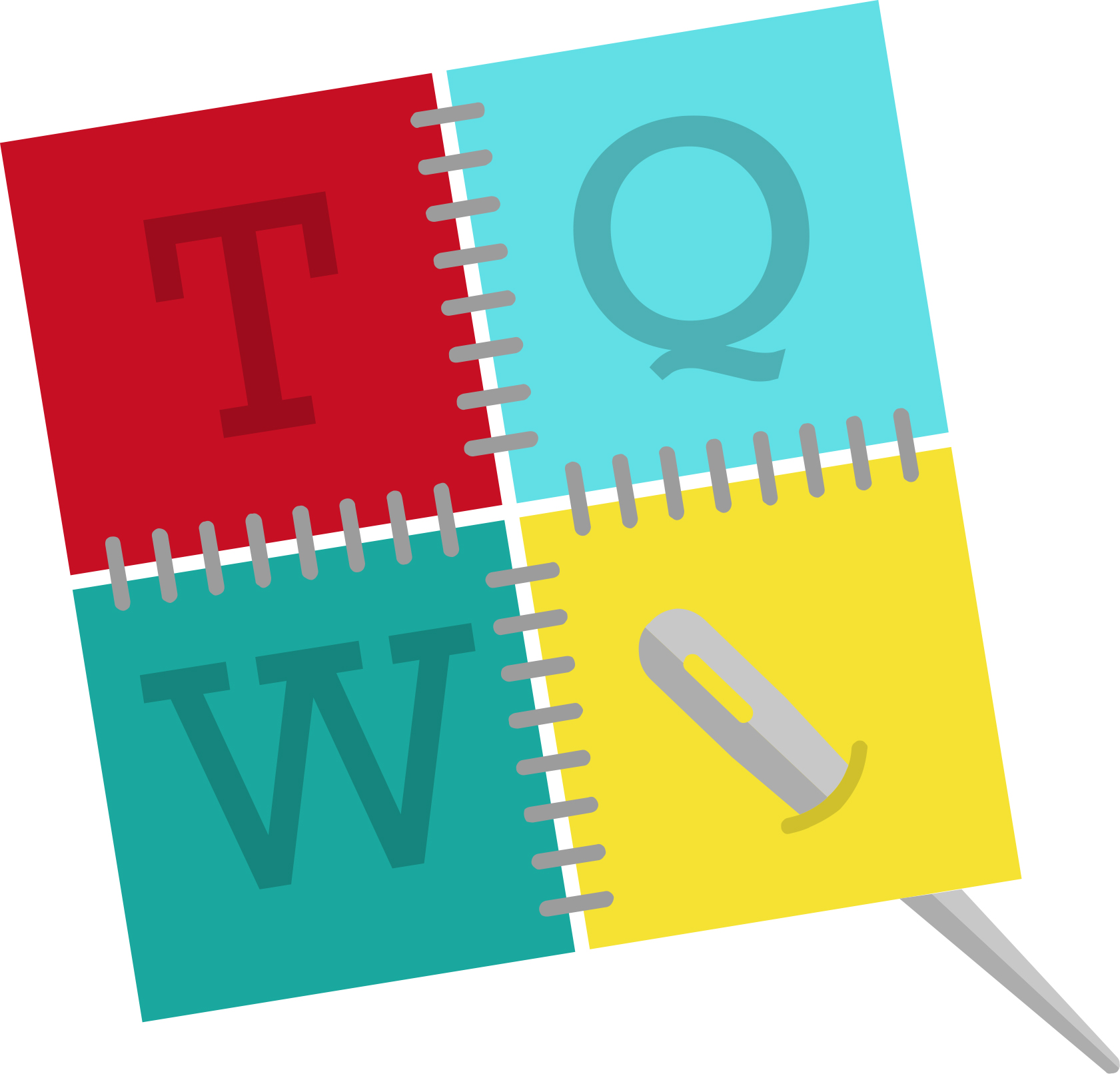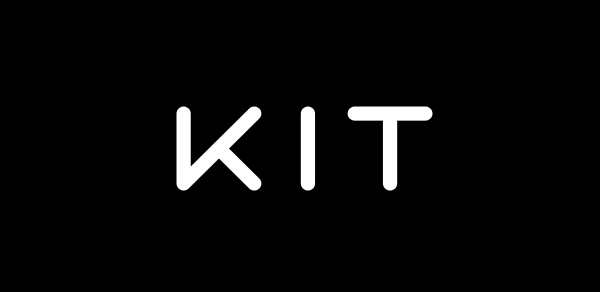
CHATTERBOX QUILTS’ BLOG
Helping Quilters Learn and Improve
DIY Studio Storage Ideas
There are lots of “made for quilting” storage items, but you don’t need to spend money for specialty storage solutions for your quilt studio. Look for alternative storage solutions that you may already have in your home to use in your quilt studio.
If you’re like me you probably have a few UFO’s (WIP’s as I optimistically like to call them) in your studio and you need a way to keep all the fabrics and notions together until you are ready to work on that particular project. Pizza boxes or similar flat boxes work well for storing WIP’s.
In my studio, I use clock boxes that I brought home from the school I work at. These were going to be recycled, but I recognized their potential and rescued them. They fit perfectly in the Billy bookcases that I use to store my fabric. I use a Frixion pen to write the project name and information on the box so I can erase this and reuse the box for another WIP.
Keeping my WIP’s in boxes like these allows me to stack them on a shelf and they are then organized. This allows me to pull out a box when I want to work on that project.
As I do hand embroidery, I like to have my needles, threads, thimbles, and other hand sewing items in a small container. I’ve found the perfect box for this purpose: a Purdy’s chocolate tin! Not only do I get to enjoy the delicious chocolates, but the tin is the perfect size to hold all my stitching items. A double win!
If you don’t have a Purdy’s near you (they are a Canadian company), you might be able to recycle other similar tins or boxes. Another example is the peanut brittle box that I saved. It’s larger and has a magnetic closure that I really like. This works well for small project pieces, such as half-square triangles or EPP (English Paper Piecing). Makes you look at food containers in a whole new light!
Consider other furniture pieces that you might have in your home for storage or cutting or pressing stations. In my studio, my cutting table is actually old kitchen cabinets that we repurposed into a cutting table and storage area. My pressing station is an Ikea table top with storage cubbies underneath and the pressing mat itself was custom made to the size I needed.
If you’d like to make your own pressing mat, click here for a step-by-step tutorial.
For more information on storage containers that I use in my quilt studio, click on the image below.
The money you save by recycling alternative items to use in your studio can be used to buy fabric, notions or those specialty items that you actually need - and that’s a win too!
Creatively,
P.S. Are you serious about improving your quilting? Do you want to connect with other committed quilters in a supportive, safe environment? If you answered “yes” to these questions, you need to join The Quilter’s Way. The Quilter’s Way is the only quilting membership site that includes both training and an active, supportive online community. Don’t wait another day! Join now. The Quilter’s Way is the only quilting membership site that includes both training and an active, supportive online community. Don’t wait another day! Join now.
P.P.S. Did you know that you can sign up to receive emails full of FREE quilting goodness? Click here to receive FREE content directly in your email inbox every few weeks from Chatterbox Quilts. I know you'll be glad you did!
Note: I am an Amazon affiliate and, if you purchase items by clicking through the links in this post ,I will receive a small amount of commission. You won’t pay any more $$ for these items, but it will help me to continue creating free content for you. Thanks!
Stay Safe in Your Studio!
We don't often think of how to stay safe in our quilt studios, but we really should! In this video Kim shows you some of the possible dangers in your studio and how to stay safe.
Be sure that your iron is turned off before leaving your quilt studio.
We all use extension cords, but this can pose a tripping hazard. Keep safe by taping or rerouting the path of extension cords.
Keep your sewing machine safe by plugging it into a power bar with a surge protector.
Always keep your rotary cutter closed when not using it.
It's a good idea to have a first aid kit or band-aids in your quilt studio for those cuts that often seem to happen.
Have your cell phone or another phone close by in case of an accident where you need to call for help.
For more information, click on the image below.
Do you have other suggestions for ways to stay safe in the quilt studio? Let me know in the comments below.
Creatively,
P.S. Did you know that you can sign up to receive emails full of FREE quilting goodness? Click here to receive FREE content directly in your email inbox every few weeks from Chatterbox Quilts. I know you'll be glad you did!
What a Beginner Quilter Really Needs
When you first start quilting, you can quickly be overwhelmed by the notions and accessories that you "need" to quilt. Kim shows you what essentials you actually need to have in your tool kit when you first start quilting.
While you may add more items to your quilt studio as you progress in your quilting journey, you really need the following items to start:
A rotary cutter
A cutting mat (or self-healing mat)
A quilting ruler
An iron
A pressing surface (tutorial on making a pressing surface is below)
Pins
Seam ripper (yes, you will use this a time or two!)
Fabric
Batting
Multi-Purpose Quilt Spray (recipe and information below)
Sewing Machine with 1/4" foot, walking foot and free motion or darning foot
To learn more, click on the image below.
What are the essentials that you think a beginning quilter needs? Let me know in the comments below.
Creatively,
P.S. Did you know that you can sign up to receive emails full of FREE quilting goodness? Click here to receive FREE content directly in your email inbox every few weeks from Chatterbox Quilts. I know you'll be glad you did!
Telecast Thursday - Pressing Surfaces in the Chatterbox Quilts Studio
Last Thursday I showed you my favourite irons; this Telecast Thursday I'll show what I use with them: my pressing surfaces.
Like most quilters I started out using an ironing board to press my fabrics and this worked okay. Not great, but okay. Eventually I tired of putting up and taking down the ironing board every time I wanted to prepare my fabric. I wanted something large enough to spread out my fabric from selvage to selvage to press. Since I couldn't find anything on the market, I made my own board. And then made another one for travelling.
To see what I use as a pressing surface, watch the video below or on my YouTube channel.
Subscribe to my YouTube channel to receive automatic notifications when new videos are posted. If you like what you see, please share my videos with your fellow creatives.
Do you use an ironing board or another type of pressing surface for your fabrics? Leave me a comment below letting me know your favourite pressing surface.
Creatively,
Telecast Thursday - Irons in the Chatterbox Quilts Studio
It's hot in the studio today and it's not due to the temperature, it's due to the topic! This Telecast Thursday I'm discussing my favourite irons.
There are tons of choices when it comes to irons and you can spend $$$ to get "the right one". I've made do for years with a normal iron that you'd use to press clothes, but bought a more specialized one a few years ago.
To find out which Irons I like to use, you can watch the video below or on my YouTube channel.
Receive automatic notifications when new videos are posted by subscribing to my YouTube channel. If you like what you see, please share my videos with your fellow creatives.
What iron(s) do you use in your studio? Leave me a comment below letting me know your favourite one.
Creatively,
Welcome! I’m Kim Jamieson-Hirst of Chatterbox Quilts, a YouTube creator and host of The Quilter’s Way. I believe that quilting is more than just a 1/4” seam and that practice makes improvement and you are improving every day!
Contact me at kjh@chatterboxquilts.com.
Want to improve your quilting and have fun doing it? Join The Quilter's Way, a private online membership site that creates successful quilters.
As an Amazon Associate I earn from qualifying purchases from links that you may find on the Chatterbox Quilts’ website.























